Finding Fiona: My Journey with the Sidhe
I spent much of my life on the Isle of Arran in Scotland, a place steeped in Celtic lore, history, and Fairy stories. There are countless places, rocks, trees, caves, and woodlands throughout the Gaelic-speaking areas of Scotland that have at least one story involving the Sidhe (Gaelic for “Fairies”), and Arran has many. I was fascinated from an early age by these ancient tales: where did they come from, how old were they, why this place and not that place? As I grew older, left home, got a job on the mainland, and so forth, my interest in the Sidhe faded. But it was still there. The mainlanders that I got to know and befriend had no time for “Fairy stories.” So I learned to say nothing and carry on.
Then one normal day, I popped into my favourite antiquarian bookshop in Glasgow, mainland Scotland, for a browse, nothing specific on my mind. The owner pointed to a pile of books on his desk and said they had just arrived, and he had not looked through them yet. I did. Only one of them caught my attention—I mean, really caught my attention, as if it was shouting out, “buy me. Buy me!” So, of course I did. It was The Dominion of Dreams: Under the Dark Star (1895) by Fiona Macleod.
I read it from cover to cover. It was an anthology of short stories, essays, poems, and fragments, all by the mysterious Fiona Macleod. Some dealt with dark, somber topics, some were poetic and highly descriptive, but all of them totally captivated me. I discovered several other volumes that had been published by this Victorian gentlelady, a Gaelic speaker, and all of them were as captivating as the first volume.
She wrote much about the Sidhe as if everyone was as familiar as she (and I) were, but the names of her Sidhe gods and goddesses were foreign to me—unfamiliar, previously unwritten, and unspoken about. Where did these legends, stories, and alleged historical people and places come from? I needed to find out who Fiona Macleod was.
I will not detail all the searching, looking, and following hunches that followed for the next several years, but the important facts and conclusions I came to were: Fiona Macleod was not human, but was a woman of the Sidhe race who wrote through the body, mind, and pen of William Sharp, a writer of minor importance to the literati of the Victorians. He was, if you will, a channel into the human world for this prolific non-human writer who, by the way, created the name Fiona. That name first appeared in our world in 1893 when she revealed herself to William Sharp. Her books were so popular with the Victorian public that parents soon gave their new baby girls the name Fiona, and it has remained a popular name to this day.
When William Sharp died in 1905, so did the writings of Fiona Macleod. Her books fell out of print, and the Faery known as Fiona Macleod was heard of no more.
In the late 1970s, I found myself becoming more and more interested in “The Matter of Britain,” a highfalutin name for the collective mythologies and magical traditions of England, Cornwall, Wales, Scotland, and Ireland. It seemed like a flood of books were quietly popping up everywhere by a group of several experts and practitioners of these Celtic and Arthurian myths and legends. I joined the flow and started to add to the corpus created by these magicians and practitioners of these thousands-of-year-old tales and stories, which revealed, for those who knew how to read between the lines, a body of rituals, sacred and magical objects and places, and characters who on the surface were no more than leftovers of forgotten truths.
Then Fiona came back to me after twenty or so years. She was not interested in writing any new books, plays, or poems but rather encouraged me to reread several stories and paragraphs of her old books. I, of course, did and found myself reading her flowing words in a way I had not been able to do before. It was riveting. She was revealing a mythology that is not based on Celtic, Arthurian, Wiccan, or any other human belief system. This is the mythology that the Sidhe share with each other. These are, literally, Fairy stories. Stories for, about and by Fairies/Sidhe.
Have you ever heard of the gods Sethoir, Tethoir, or Kethoir? Or ever frightened yourself by getting a little too close to the dark and dangerous god Dalua? Have you ever heard the Sidhe creation legend and their version of how humans came into being? All this is becoming available, bit by bit. It is a long, slow process (the Sidhe perception of the passing of time is very different from ours), but enough material has already been given and explained that much is will soon be available in the Crossed Crow book The Confessions of Fiona.
I do not know how much more Fiona wishes to confess (I use this word in its original meaning of “to reveal something of great importance”), but I can feel there is still pressure on me to dig deeper, to look further afield, to sit silently and listen. Then, to write.
Fiona helped me with my last Crossed Crow book, Celtic Tree Mysteries (2023) which is my confession regarding the ancient Ogham alphabet, an alphabet whose letters are in a different order from our familiar A, B, C, and whose names are the names of trees. Fiona mentions trees a lot in her writings and confessions. It looks like the Sidhe also have a form of Ogham, centered around the trees of the Otherworld. Will I be writing a book on that? I don’t know. It is up to Fiona.


